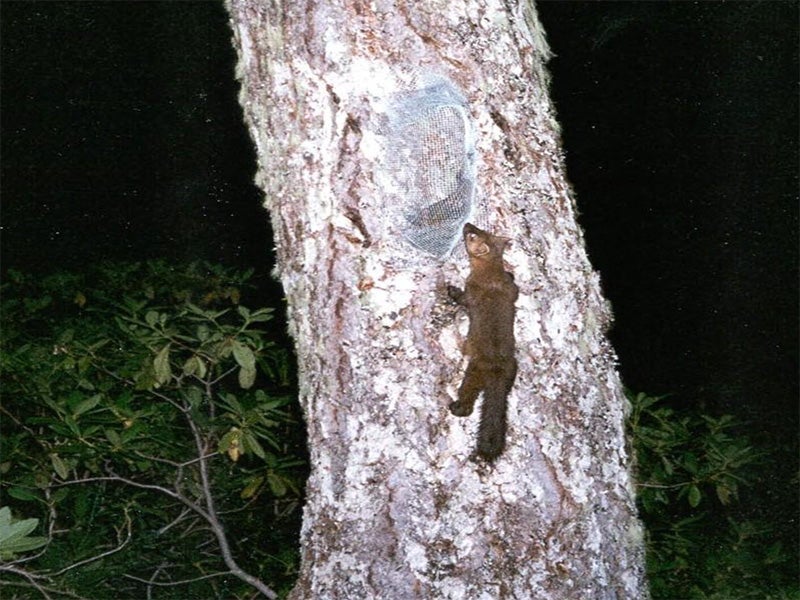Court Overturns Government Refusal to Protect Rare Coastal Marten
Victory
—Mink-like marten threatened by logging, pesticides, climate change
Contact
Today, a federal judge overturned an April 2014 decision by the U.S. Fish and Wildlife Service denying endangered species protection to coastal martens. The court’s action is in response to a lawsuit filed by Earthjustice on behalf of the Center for Biological Diversity and Environmental Protection Information Center.
Source Data: 80 Fed. Reg. 18,751
Coastal martens were believed extinct until 1996 because of historic fur trapping and loss of their old-growth forest habitats, but are now known to occur in three small, isolated populations in California and Oregon.
“We’re thrilled the elusive coastal marten is back on track to getting the endangered species protection it so badly needs,” said Noah Greenwald, endangered species director at the Center for Biological Diversity. “The science is clear that these fascinating and beautiful animals have been reduced to small, isolated populations and face a host of threats that place them at risk of extinction.”
Small carnivores related to minks and otters, coastal martens are found only in old-growth forest and dense coastal shrub in Northern California and southern and central coastal Oregon. Once extensively trapped for their fur, the cat-like animals were once common; now fewer than 100 of them survive in California, while an unknown but very small number are still found in Oregon.
“The magic of the Endangered Species Act is that it puts scientific facts over political games,” said Earthjustice attorney Greg Loarie, who represented the groups. “In the courts, the protection of endangered species still matters. Science still matters. The law still matters.”
The martens’ historic range extends from Sonoma County in coastal California north through the coastal mountains of Oregon. Humboldt martens were rediscovered on the Six Rivers National Forest in 1996. Since then researchers have continued to detect martens using track plates and hair snares. In 2009 a marten was detected in Prairie Creek Redwoods State Park by remote-sensing camera, the first to be photographed in recent times. Martens are typically 2 feet long and have large triangular ears and a long tail; they eat small mammals, berries and birds and are eaten by larger mammals and raptors.
“This decision is a win for science and common sense,” said Rob DiPerna, California forest and wildlife advocate at the Environmental Protection Information Center. “We thought we’d lost the marten due to bad human decision-making once before, and we could not stand by and watch that happen again.”

Additional Resources
About Earthjustice
Earthjustice is the premier nonprofit environmental law organization. We wield the power of law and the strength of partnership to protect people's health, to preserve magnificent places and wildlife, to advance clean energy, and to combat climate change. We are here because the earth needs a good lawyer.